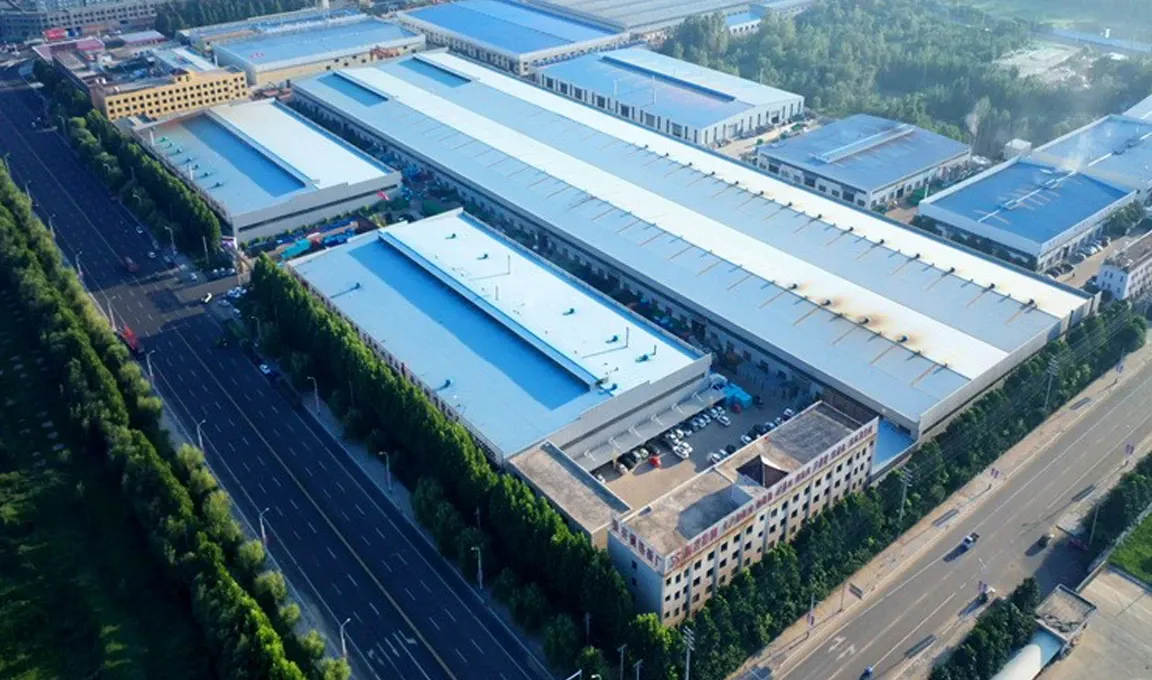Highway Noise Walls Mitigating Sound Pollution and Enhancing Community Well-being
In our increasingly urbanized world, noise pollution has become a significant concern for many communities. Particularly in areas adjacent to busy highways, the constant roar of traffic can disrupt the tranquility of neighborhoods, affect property values, and even pose health risks. One effective solution that has gained popularity over the years is the installation of highway noise walls. These structures serve as both a barrier to sound and a buffer between busy roadways and residential areas, ultimately contributing to improved quality of life.
Understanding Highway Noise
Highway noise is primarily generated by three sources the interaction of tires with the pavement, engine noise, and aerodynamic drag. As vehicles travel at high speeds, the sound they produce can easily exceed 80 decibels, which is comparable to standing beside a chainsaw. Prolonged exposure to such high levels of noise can lead to a variety of health issues, including stress, sleep disturbances, and even cardiovascular problems. This reality reinforces the need for effective noise mitigation strategies.
The Role of Noise Walls
Noise walls, also known as sound barriers, are constructed primarily along highways to minimize the impact of traffic noise on adjacent communities. These walls are typically made from materials such as concrete, brick, or specially designed sound-absorbing panels. Their design and height can vary depending on the specific noise levels, topography, and local regulations.
The primary function of noise walls is to block and absorb sound waves, thereby reducing the overall noise level that reaches nearby homes and businesses. Studies have shown that properly designed noise walls can reduce noise levels by as much as 10 to 15 decibels, which can make a significant difference in the auditory environment of a neighborhood.
Aesthetic and Environmental Considerations
In addition to their functional benefits, highway noise walls can also be designed with aesthetics in mind. Many municipalities are now incorporating landscaping, murals, or artistic designs into their noise wall projects. This approach not only improves the visual appeal of these structures but also fosters a sense of community pride and ownership.
highway noise wall

Moreover, incorporating greenery—such as climbing plants or trees—into the design of noise walls can enhance their sound-absorbing capabilities while also contributing to local biodiversity. Plants can act as additional sound barriers, help mitigate air pollution, and provide habitats for various species.
Challenges and Controversies
Despite their benefits, the construction of noise walls is not without challenges. One major concern is funding; the installation of these barriers can be quite costly, and securing financial resources can be a lengthy process. Additionally, not all communities agree on the placement or design of these walls. Some residents may feel that noise walls could obstruct scenic views or create an undesirable “canyon effect” in the landscape.
Moreover, there is ongoing debate about the effectiveness of noise walls in certain conditions. For instance, the configuration of the highway, the types of vehicles, and prevailing wind patterns can all impact the actual noise reduction achieved by a wall. As such, comprehensive studies and assessments are crucial before embarking on a noise wall project.
Community Engagement and Future Directions
As communities increasingly seek solutions to noise pollution, engaging local residents in the planning and design processes is essential. Gathering feedback and fostering inclusive discussions can ensure that noise wall projects meet the specific needs and values of the community. This cooperative approach can help mitigate resistance and promote a shared vision for urban and suburban development.
Looking ahead, technological advancements may further enhance the effectiveness of highway noise walls. Innovations in materials science could lead to the creation of more efficient sound-absorbing materials, while smart technology might facilitate real-time monitoring of noise levels, allowing for dynamic adjustments to noise mitigation strategies.
Conclusion
Highway noise walls play an essential role in addressing the negative impacts of traffic noise on communities. By providing a physical barrier to sound, these structures not only improve the auditory experience for residents but also contribute to overall public health and well-being. With thoughtful design, community engagement, and continuing technological innovation, highway noise walls can evolve into even more effective solutions for the challenges presented by urbanization and increasing traffic volumes. As we strive for quieter, healthier living environments, investing in such infrastructure appears to be a wise and necessary choice.
-
Why Galvanized Trench Cover Steel Grating Resists Corrosion
NewsJul.10,2025
-
The Versatility and Strength of Stainless Expanded Metal Mesh
NewsJul.10,2025
-
Load Calculations in Steel Grating Platforms
NewsJul.10,2025
-
Keeping Pets and Kids Safe with Chicken Wire Deck Railing
NewsJul.10,2025
-
Hole Diameter and Pitch for Round Perforated Metal Sheets
NewsJul.10,2025
-
Aluminium Diamond Mesh in Modern Architecture
NewsJul.10,2025
Subscribe now!
Stay up to date with the latest on Fry Steeland industry news.

